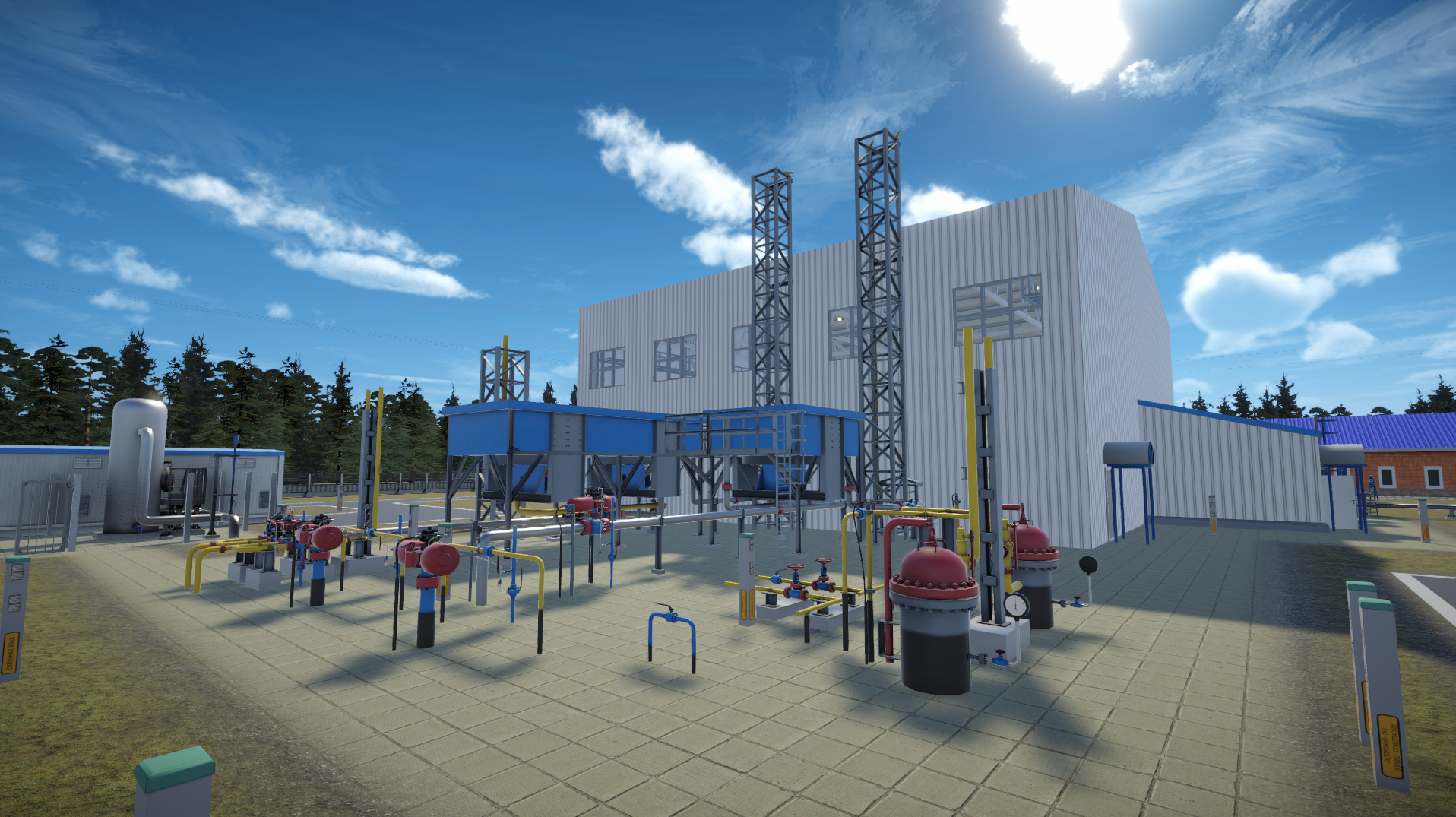The SPbPU AES ISSDP Laboratory is engaged in the development of components of the data acquisition system for the SPD experiment at the NICA collider
The development will facilitate the synchronization of collider and particle detector events with sub-nanosecond precision, thereby enabling the reconstruction of bunch crossing events at the NICA collider.

The NICA (Nuclotron-based Ion Collider fAcility) accelerator complex is one of six Megascience-class projects currently under construction in Russia at the Joint Institute for Nuclear Research in Dubna. The Superconducting Proton and Heavy Ion Collider is an international megaproject.
The collision of heavy ion bunches will facilitate the investigation of critical states of nuclear matter in extreme conditions that occurred subsequent to the Big Bang, in the nascent stages of the universe’s evolution. The recreation of critical states of nuclear matter in laboratory conditions is achieved through the acceleration and collision of high-intensity heavy ion bunches in a collider. The processes involved will be the subject of study at the MPD (Multi-Purpose Detector) facility.
The spin structure of nucleons will be investigated through the interaction of polarized proton and deuteron bunches at the SPD (Spin Physics Detector) facility at the NICA collider.
In order to achieve high-precision synchronization of the collider and the data acquisition system of the SPD experiment, engineers from the Industrial Systems for Streaming Data Processing Laboratory at the SPbPU AES have been developing subsystems since 2020. These subsystems facilitate the linking of the time of bunch crossing within the SPD facility to the moment when the detectors register the changed particle characteristics with sub-nanosecond accuracy.
The precise synchronization of collider event times (corresponding to the moment of collision) and facility event times (associated with the recording of particle properties) represents a crucial element in the accuracy of data acquisition for the investigation of the spin structure of nucleons.
‘NICA is at the vanguard of scientific research in high-energy physics. To be involved in a project of this nature represents both an exhilarating opportunity and a significant responsibility for us. We are proud that our expertise in the domain of computer science enables our colleagues at JINR to construct a distinctive data acquisition and processing system, which will facilitate the resolution of pivotal scientific quandaries,’ said Marina Bolsunovskaya, PhD in Engineering, Head of the ISSDP Laboratory of SPbPU AES, Associate Professor at the Graduate School of Intelligent Systems and Supercomputing Technologies of the SPbPU Institute of Computer Science and Technology.
The initial phase of the project entailed the re-engineering of the TCS (Trigger and Control System) synchronization and control subsystem between 2020 and 2023. This involved the finalization of the new TCS module, which was designed to meet the specific requirements of the SPD facility. The TCS subsystem has been developed with the specific purpose of testing individual SPD detectors within the designated test area of the collider.
The next stage of development is the creation of a high-precision TSS (Time Synchronization System) subsystem for use in SPD. The subsystem is implemented in accordance with a no-trigger data acquisition concept and the White Rabbit protocol. The TSS prototype has been developed on a field-programmable gate array (FPGA) and will be capable of functioning as both a terminator and a multi-port switch for the White Rabbit network. It will also guarantee the sub-nanosecond accuracy that is required for the SPD experiment.
The SPbPU AES ISSDP Laboratory team forms part of the Polytechnic University scientific group, which has been engaged in official collaboration with JINR since 2018. The group is constituted by the scientific team of the Graduate School of Fundamental Physics Research of the SPbPU Physics and Mechanics Institute, which is headed by Yaroslav Berdnikov, Professor, Doctor of Physical and Mathematical Sciences. SPbPU scientists take part in experiments on two main collider facilities: MPD (Multi-Purpose Detector) and SPD (Spin Physics Detector).
In 2022, the first joint experiment of SPbPU and JINR on the utilization of the unified supercomputer infrastructure for the objectives of the NICA project, with the involvement of the SPbPU supercomputer, was successfully completed. In 2023, a Memorandum of Cooperation was signed between SPbPU and the international collaborations of the SPD and MPD experiments at the NICA collider.
Joint Institute for Nuclear Research (JINR) is an international intergovernmental research organization in the Dubna science city of the Moscow region. The founders are 16 JINR member states. The Institute’s main fields of expertise are nuclear physics, particle physics, and condensed matter studies. JINR supervises the construction of the NICA accelerator complex in Dubna. This is one of the six Megasience-class projects in Russia. The construction of the complex commenced in 2016.

